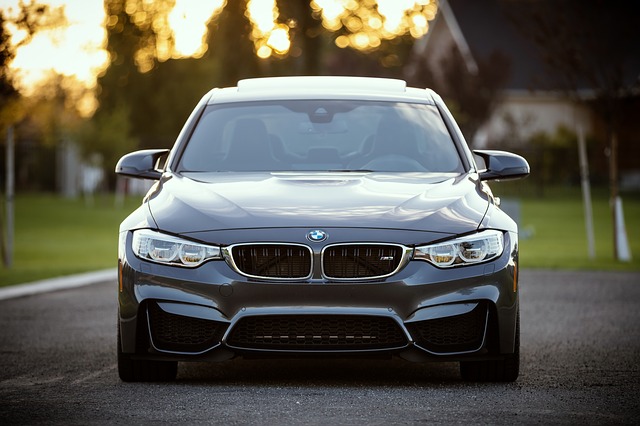
Like many people, you probably have a dream car. For years, you may have lusted after the perfect Corvette, Benz, or even a tricked-out pickup. However, that dream car may come with a nightmare price tag. And I don’t mean the price of the car itself but the price of car insurance.
When shopping for a new car, many people fail to consider how much insurance will cost. And while there are many variables that can affect your car insurance premiums, in general, you can expect that over a five-year period, your insurance will make up about 11% of the total ownership costs of your vehicle. This is a significant percentage.
The truth—unfortunately for those of us who like to dream about cars—is that the type of car you purchase plays a large role in just how much you are likely to pay for car insurance. Simply put, regardless of your driving record, your insurance rates are likely to be affected by the make and model that you choose.
Luxury Cars Lead to Higher Costs
In general, lower-priced sedans, vans, and wagons command the lowest insurance premiums. These types of vehicles are probably not even close to the car you’ve been dreaming of.
On the other hand, luxury saloons, such as the Porsche Panorama Turbo, and hotrods, like the Dodge Viper SRT 10 carry a hefty price tag for insurance alone. Luxury cars typically command very high insurance rates. On average the Porsche 911 Carrera coup, which retails at an MSRP of $77,000 costs around $3,000 per year for insurance. The Mercedes S65 AMG costs about $2,900 a year to insure, with an MSRP of $201, 150. In fact, these are two of the most expensive vehicles to insure. If you are seeking insurance for a luxury car, or any other car, Cleveland auto insurance can help.
Then ultra-luxury cars, like Bentleys, or exotic cars, like Lamborghinis, are accompanied by insurance premiums to match.
No Matter What They Say, Size Matters
. . .at least when it comes to vehicles and insurance rates. This may seem counterintuitive, but often cars have higher insurance rates on average than many larger vehicles, such as full-sized SUVs. Because cars tend to have higher rates of injury and higher collision claims than many larger vehicles, they have correspondingly high insurance rates.
However, size is not the only factor that determines auto insurance rates. Power counts too. On average, high-horsepower vehicles tend to get into more accidents than do lower-powered vehicles. This explains why the Carrera and Viper are relatively expensive to insure.
Often, high-horsepower vehicles are not the primary mode of transportation in a family. Rather, they are often treated as toys that are stored in a garage during the week and taken out for fun on the weekends. This means that, basically, they are subjected not just to different driving conditions but often to different driving habits on the part of the owners. Let’s face it—you don’t drive your Porsche the way you drive your family’s minivan. This pushes insurance rates up.
Other Factors Can Affect Your Insurance Rates
Aside from the type of car your choose, there are many other factors that may affect your auto insurance rates. Your driving history, credit history, health, age of the car, age of the primary driver, and the primary driver’s record can all affect your insurance rates. This means that the best way to reduce your insurance premiums is to take the long view and drive safely, obey driving laws, and maintain good credit.
Tags: car insurance


